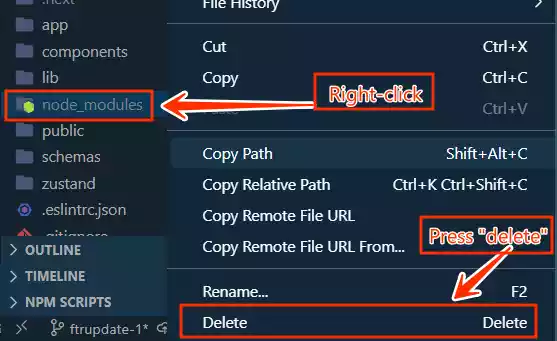Tech-Driven Strategies for Optimal Medical Billing Performance

With the passage of time, many parts of healthcare reform have changed, such as value-based compensation models, the rule engine for medical billing services, and other federal policies.
Because these changes are always happening, doctors need to know what’s new. So, they also need to learn new rules about medical billing and coding all the time.
Doctors can’t lower the quality of their clinical services, or they’ll lose money, so they can’t stay out of date.
To avoid the following issues, doctors should use the right methods to keep up with the latest trends in medical billing and improve the quality of care services at the same time.
In this blog, we will talk about ways to improve your medical billing services. The following tips will help you make the most money and increase your business growth index.
Table of Contents
An Organized Medical Billing Process
All doctors should have a clear plan for how they will handle their administrative and financial responsibilities.
Setting up a step-by-step process that explains all the steps is the best way to do things.
By doing so, doctors can keep track of how the whole billing process is going and make changes at every important step.
It can improve revenue cycle management by making sure that every part of medical billing is correct.
It will also help make sure that your patients and payers get bills that are clear and correct.
In the end, it would make patients happier and improve relationships between providers and payers.
Claims Management
A recent survey found that almost 80% of all medical bills have mistakes on them.
Because insurance companies have strict rules, the wrong medical claims are denied and turned down. Even though, medical billers can resubmit these claims to dispute unpaid bills.
But the cycle of submitting a claim, having it rejected, and then submitting it again takes a lot of time.
Medical billers should set up a proper claim management process so that providers don’t waste their valuable time.
They should put in place well-trained staff and tools that can keep track of all the paid and unpaid claims.
Use smart software solutions for medical billing to send in claims that are correct the first time.
They must also make sure that correct information flows during the whole process of submitting a claim.
Before sending in claims, they should check them twice to make sure there aren’t any mistakes in the information.
So that payers and patients can get clean claims that can be paid back successfully.
Minimize Medical Coding Errors
Medical billing services are based on medical codes. The goal of a medical bill is to break down medical procedures like treatment and diagnosis into standard medical coding protocols.
For different medical procedures, these codes are put into the ICD-10-CM, CPT, and HCPCS Level II classification systems.
Despite the fact that this is a standard method for describing medical procedures, mistakes can still occur.
It lists the most common mistakes, such as codes that are wrong, don’t match, are missing, etc. These mistakes are easy for clearinghouses and payers to find.
But some medical coding mistakes are very hard to understand and also have bad results.
For example, a claim would be denied or rejected if medical coders used less specific ICD-9 codes instead of more specific ICD-10 codes.
If the medical coders used the wrong modifiers, up-coded or down-coded, this can also cause your claims to be rejected or denied and go down the tunnel.
Implement Proper Denial Management System
Billers for medical services should have a good plan in place for denial management services. This plan will help you keep up with claims that are still open.
When medical billers don’t follow up on claims that haven’t been paid, they often miss common mistakes that cause claims to be denied or rejected.
So, if medical billers followed up with their denial management services regularly, they would learn about the most common mistakes.
Checking for mistakes in the claims would help to make sure that they don’t happen in future claims.
In this way, it could streamline medical billing services at a steady pace. It would also make it easier for medical billers to find and collect on unpaid claims.
So, it lowers the chances of making mistakes, having claims denied, and losing money.
Streamline Revenue Cycle Management
To keep up with how quickly the healthcare field is changing, medical billers should also use a dynamic set of services for revenue cycle management.
By keeping track of performance and following the latest rules and payer policies for medical billing services, doctors can find problem areas and come up with new ways to fix them.
To make sure that your revenue cycle management is more profitable and efficient, providers should follow these steps:
- Keep track of how old your account receivables are, so you know how much money is still owed to your healthcare facility.
- Stay on top of all the rules for medical billing, which change, get rid of, or get updated over time.
- Use a well-run medical billing system that can handle patient accounts and keep you up to date on all the possible problems.
- Use key identifiers to keep track of problems like late payments, payments that keep getting turned down, or changes in contact information that happen often.
This will help you get better results.
Medical billing outsourcing benefits healthcare providers. Providers can use industry expertise, advanced technology, and dedicated resources by partnering with a reputable outsourced medical billing company.
Wrap Up
Finally, providers can maximize billing performance and financial success by organizing billing, optimizing claims management, reducing coding errors, adopting denial management systems, and streamlining revenue cycle management.
Outsourced medical billing services also reduce administrative burdens, letting providers focus on patient care.






